Choosing your engagement ring is often one of the most difficult decision you’ll ever make!
There are so many to choose from, and at so many prices, you would be forgiven for feeling confused! We’ve been helping happy couples choose their engagement rings for over 40 years, and so we’re delighted to share some of our expert tips with you to help take some of the pressure off!
Set your own perfect
It’s really easy to be swayed by other people’s opinions when it comes to choosing your engagement ring – and most people will have one! What we’d like you to remember is that the closer a diamond is to be perfect, the rarer it is, and therefore, the more expensive. “Perfect” means different things to different people, and if you buy a ring that’s perfect for you, that’s what counts. After all, you’re the only one that will have to look at it every single day! These are our favourite tips to help you when making your decision.
Understand what diamond quality means
When it comes to buying a diamond engagement ring, knowing where to spend your money and where to save it comes down to four simple criteria; cut, colour, clarity and carat weight, commonly known as The 4C’s. Each “C” affects a diamond’s overall look in a different way. So it’s important for your to decide which “Cs” are most important for you and and how they’ll affect your budget. That way you’ll know where to focus your spending.
We always point out to our customers how important it is to view diamonds in person! Diamonds with similar 4Cs grades can look very different and diamonds with dissimilar grades can look the same. Only by seeing diamonds in person and comparing them can you determine the combination of qualities that are the most important to you, and therefore and how best to allocate your budget.
Diamond Cut – Don’t cut back on it
Of The 4C’s, cut is the most important to many people, and yet you might not even realise it! This is because cut determines how big your stone looks. As you can see in the image above, when a diamond is cut with the proper proportions, light is returned out of the top of the diamond. If it is cut too shallow, light leaks out of the bottom; too deep and it escapes out of the side. A poorly cut diamond will look dull and lifeless, no matter its’ size. Put simply; the better the cut, the more your diamond will sparkle!
Diamond Colur – How much can you really tell the difference?
When Jewellers speak of a diamond’s colour, they are usually referring to the presence or absence of colour in white diamonds. Because a colourless diamond, like a clear window, allows more light to pass through it than a coloured diamond, colourless diamonds emit more sparkle and fire.
As shown in the Diamond Colour chart above, colourless diamonds (those graded from D to F) are the most expensive because of their rarity. However, you can still buy very attractive diamonds that are graded slightly less than colourless. In fact, diamonds graded from G to I show virtually no colour that is visible to the untrained eye, which makes them fantastic value for money. So how do you know which colour is right for you?
When thinking about colour, we ask our customers to bear in mind that a diamond’s colour appearance will be strongly influenced by its surroundings. This could be natural and artificial light, and even the colour of the metal in which the diamond is set. For example, a yellow gold setting will be much more forgiving to a less than colourless stone than a platinum or white gold setting.
Diamond Clarity – Don’t pay more for what you can’t see
Diamond clarity – or how free a diamond is from inclusions and blemishes – is the easiest to understand of the 4C’s. For some shoppers, a flawless diamond is the ultimate in diamond engagement rings. That rarity can come at a price though, because diamonds with a Flawless clarity grade are exceedingly rare; which comes at a price.
The diamonds you’re most likely to see will have some inclusions, but many will fall within the Very Very Slightly Included (VVS), Very Slightly Included (VS) and Slightly Included (SI) clarity grades that have inclusions only a trained diamond grader can see under 10× magnification. So, within these grades there’s a lot of opportunity to save money, as the differences are impossible to detect with the naked eye.
Carat Weight – Go under weight to over save
Often when we ask our customers what they want in a diamond, they reply “a big one”, but our years of experience has taught us that bigger isn’t necessarily always better! Diamonds also become more expensive when they reach or just exceed certain weight thresholds, like 0.50 ct, 0.75 ct, 1.00 ct, etc. For example, instead of buying a 2.00 carat diamond, consider buying a 1.90 one instead. This will save you a considerable amount of money, and the slight difference will never be noticed.
Remember It’s worth us repeating our advise about a diamond’s cut quality here: Don’t scrimp on cut! A well-cut diamond will look larger than a poorly cut one of the same or greater carat weight.
So, are you now ready to choose your perfect diamond? We hope you’ve found these tips useful, and if you now feel ready to take the plunge, we would love to welcome you into our top-floor showroom to see your new diamond in person. You can find us at 1 Lands Lane, in the heart of Leeds city centre. Or you can get in touch with us here.


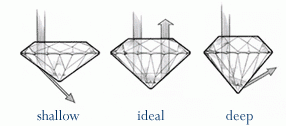
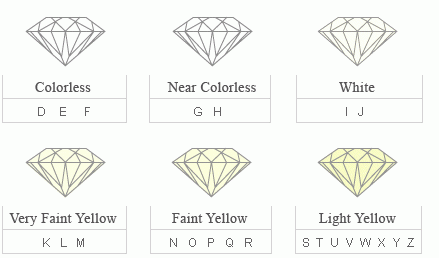
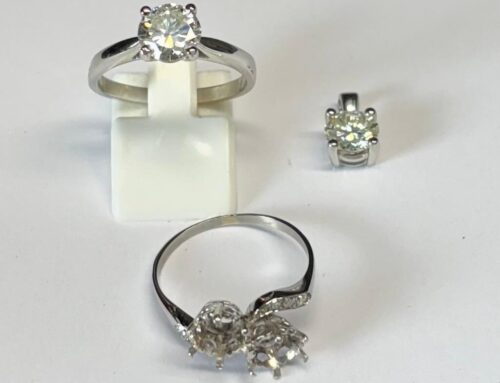
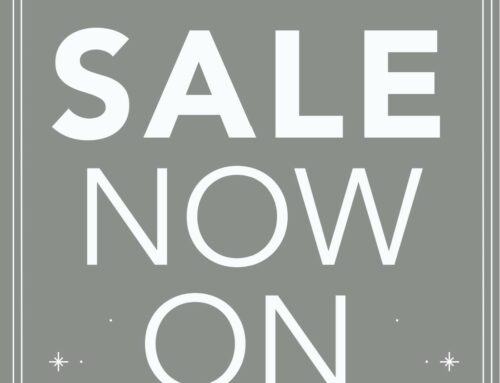
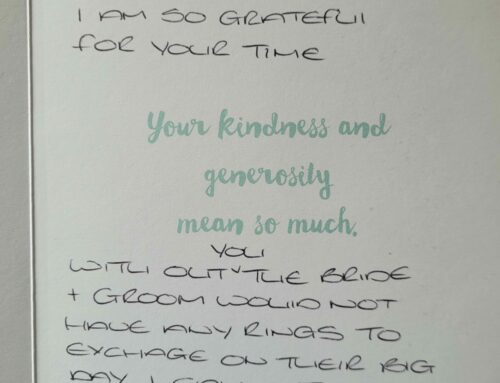
Thank you for sharing this info Ace. I’ve got a beautiful engagement ring and it’s good to find out more about the diamonds in it.
Hi Becky
Thanks for reading our blog, and we’re delighted you found it so useful!
Ace